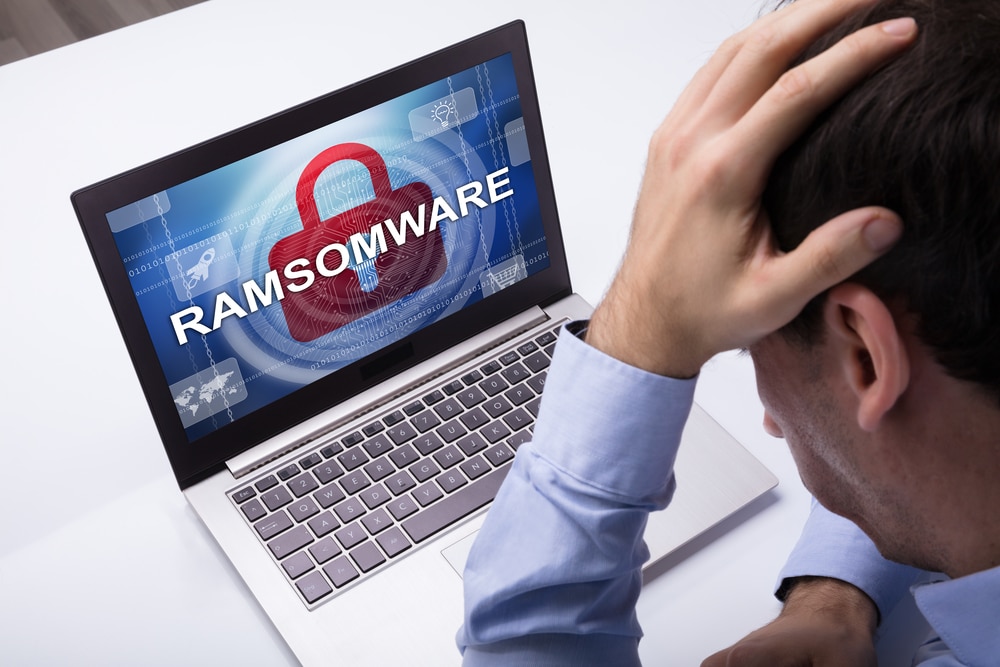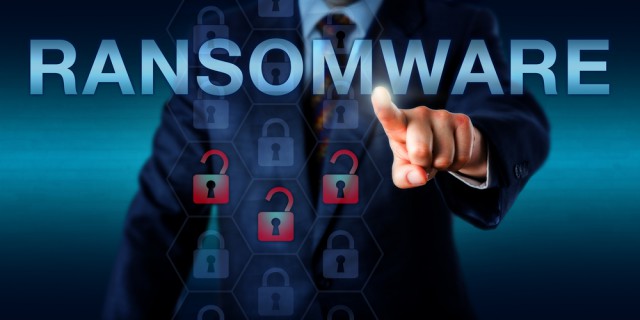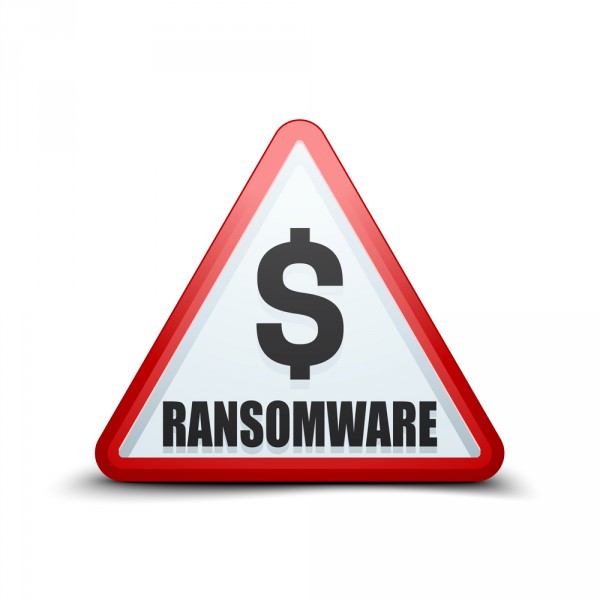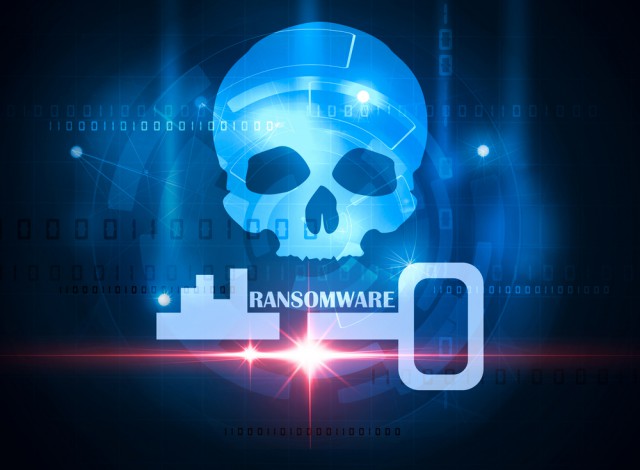
Businesses fall victim to ransomware despite precautions
According to a new survey of 200 decision makers in businesses that had suffered a ransomware attack since 2019, more than half of victims had received anti-phishing training and 49 percent had perimeter defenses in place at the time of attack.
The study conducted by Sapio Research for Cloudian finds that phishing continues to be one of the easiest paths for ransomware, with 24 percent of attacks starting this way. Phishing succeeds despite the fact that 54 percent of all respondents and 65 percent of those that reported it as the entry point have conducted anti-phishing training for employees.

How stopping lateral movement can defend against ransomware [Q&A]
Over the last couple of years the number of ransomware attacks has soared. While high profile attacks make the headlines organizations of all sizes are at risk.
One of the keys to stopping attacks is to prevent them from moving laterally through networks. We spoke to Amit Serper, area VP of security research for North America at microsegmentation specialist Guardicore to get his view on how businesses can protect themselves.

Ransomware gangs get more professional
Ransomware, and indeed malware generally, used to be something of a cottage industry, the preserve of individuals or small groups. But new research from threat intelligence company KELA shows that it's becoming a highly professionalized industry.
Many cybercriminals are now specializing in different areas, so that the coding, spreading, extracting and monetizing processes might all be carried out by different people.

How to mitigate ransomware attacks
Ransomware attacks are a type of cybercrime where hackers will use malware to encrypt computer (or network) files, locking users out of the system until a ransom is paid to a cybercriminal. Ransomware attacks have been around since the mid-2000s but they’ve made recent headlines as attacks against Colonial pipeline and the U.S. meat industry have shown that they are more than just a technology challenge, and can also significantly disrupt everyday life.
Between ransoms paid and lost productivity, ransomware attacks cost U.S. businesses an estimated $2.3 Billion in 2020 alone. The disruption caused by the COVID-19 pandemic, the popularization of cryptocurrency as a ransom payment, and support (or lack of prosecution) from foreign states have created an ideal environment for ransomware attacks to flourish.

Tracing the ransomware family tree
Ransomware is behind many of the latest cyber attacks and it can be hard for defenders to track the ever-growing number of variants and the botnets behind them.
Threat intelligence company DomainTools has been taking a look at the booming underground economy surrounding ransomware with a focus on the most prolific ransomware families.

New platform lets businesses assess their ransomware attack readiness
Automated security validation company Pentera has launched a new module for its platform that emulates the world's most destructive ransomware strains.
It shows CISOs exactly how attackers and ransomware threats will exploit their network and infrastructure, safely automating real adversary tactics and techniques inside the network.

Businesses that pay ransoms are more likely to suffer second attacks
A new study shows that 80 percent of businesses that chose to pay a ransom demand have suffered a second ransomware attack, often at the hands of the same threat actor group.
The research from Cybereason also reveals that of those that opted to pay a ransom demand in order to regain access to their encrypted systems, 46 percent report that some or all of the data was corrupted during the recovery process.

The rise of ransomware: How to protect a modern company
In 2021, the cost of ransomware attacks is expected to exceed more than $20 billion worldwide. Ransomware has emerged as one of the most lucrative, elusive, and easy-to-implement methods of cyber-attack currently available. Being able to hold a company, its operations, and its data completely hostage presents a great opportunity for malicious hackers looking to maximize their earnings. This is made more attractive by the fact that many businesses lack the preparation necessary to sufficiently protect themselves from ransomware attacks. In a world where companies have become increasingly reliant on technology to store, manage, and facilitate their data and processes, business security solutions have never been more important.
The goal of this article is to analyze the rise of ransomware attacks and identify the ways in which an organization should protect itself against this increasingly popular form of cybercriminal activity.

The most destructive cybersecurity threats in 2021
With companies relying more on technology, such as web applications, third-party solutions, and cloud computing than ever before, corporate cybersecurity has had to become the backbone of modern businesses. In the presence of remote work environments where IoT security has never been more vulnerable, companies need to effectively and quickly adapt to the rapidly evolving methods and techniques that hackers are beginning to employ.
Business vulnerabilities like a weak human firewall could lead to an increased susceptibility to a variety of cybersecurity attacks, such as ransomware and DDOS attacks. But despite all of these challenges, comprehensive and reliable cybersecurity solutions are very much achievable when approached correctly. In order to protect yourself against contemporary security threats, however, one must first understand the threats and risks they are trying to prevent and mitigate.

Industrial sector attacks jump 91 percent
A new report from cybersecurity specialist Positive Technologies reveals a reveals a 91 percent jump in attacks on industrial companies and a 54 percent rise in malware-related attacks last year compared to 2019.
The total number of incidents grew by 51 percent compared to 2019. Seven out of 10 attacks were targeted and the most popular targets were government institutions (19 percent), industrial companies (12 percent) and medical institutions (nine percent).

Why ransomware is on the rise and how organizations can protect themselves [Q&A]
Many high profile attacks in recent months have involved ransomware, notably the Colonial Pipeline attack. Worryingly some businesses seem willing to pay the ransoms too.
But why are these attacks on the rise and what can businesses do to protect themselves against them? We spoke to Clumio CEO, Poojan Kumar to find out.

Free tool lets businesses assess ransomware preparedness
Cyber risk management company Axio is expanding its free Axio360 Ransomware Preparedness Assessment tool to give organizations detailed visibility into their cyber posture with regard to ransomware.
The assessment tool has been developed based on guidance from National Institute of Standards and Technology (NIST), the Department of Homeland Security, the Federal Bureau of Investigation, and Axio's proprietary research based on hundreds of real ransomware events.

Organizations in India, Austria and the US are most hit by ransomware
More than half of companies in India, Austria and the US experienced ransomware attacks in the past year, compared to a global average of 37 percent.
Data from Atlas VPN, based on research by Sophos, shows that out of 300 interviewees from India, 68 percent suffered from a ransomware attack, while 57 out of 100 respondents from Austria did so.

Cost of ransomware more than doubles in a year
The average total cost of recovery from a ransomware attack has more than doubled in a year, increasing from $761,106 in 2020 to $1.85 million in 2021.
The latest Sophos State of Ransomware report also reveals that the average ransom paid is now $170,404, but that only eight percent of organizations managed to get back all of their data after paying a ransom, with 29 percent getting back no more than half of it.

So you want to work in ransomware?
You would think that getting to work for a ransomware gang would be a bit different from applying for a normal IT job.
However, after following up a post on a forum a researcher at CyberNews managed to get an interview with the Ragnar Locker ransomware operators which reveals a surprisingly corporate approach to recruitment and remuneration as well as uncovering some of how the gangs operate.
